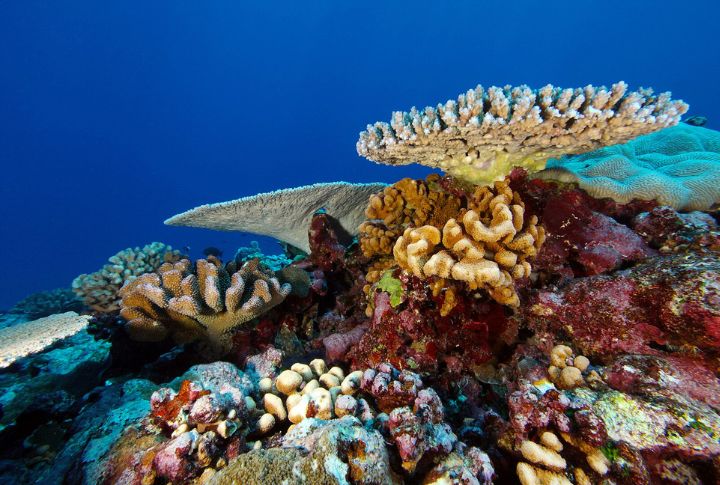
Coral reefs are the lifeline of our oceans, providing shelter, food, and protection to various marine life. However, with threats like climate change and other destructive practices, these fragile ecosystems are on the brink of collapse. Thankfully, these 20 marine sanctuaries are stepping up to ensure these underwater worlds don’t become just another “once upon a time” story.
Phoenix Islands Protected Area

Located in the central Pacific, the Phoenix Islands Protected Area (PIPA) in Kiribati spans over 157,000 square miles. Established in 2008, this 2010 UNESCO World Heritage Site is among the largest marine protected areas globally, safeguarding pristine coral ecosystems and hosting around 200 coral species and 500 fish species.
Papahanaumokuakea Marine National Monument
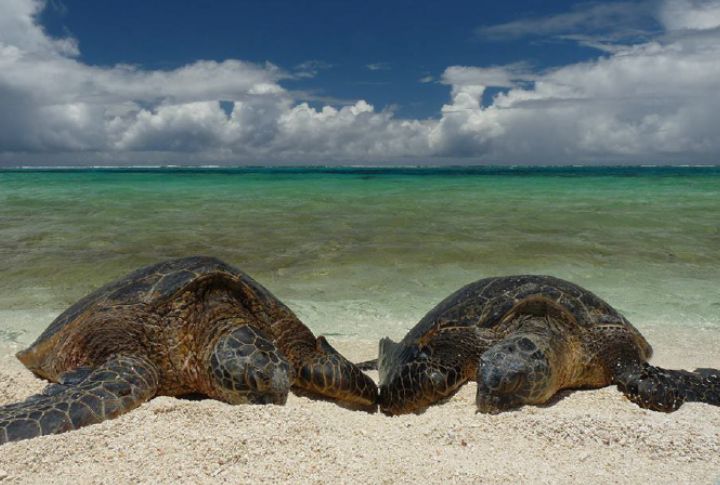
Encompassing approximately 583,000 square miles, Papahanaumokuakea Marine National Monument in Hawaii protects extensive coral reefs and holds significant cultural importance for Native Hawaiians. As of 2025, it became the 18th addition to America’s National Marine Sanctuary System and holds the title of the largest sanctuary within the network.
Tubbataha Reefs Natural Park
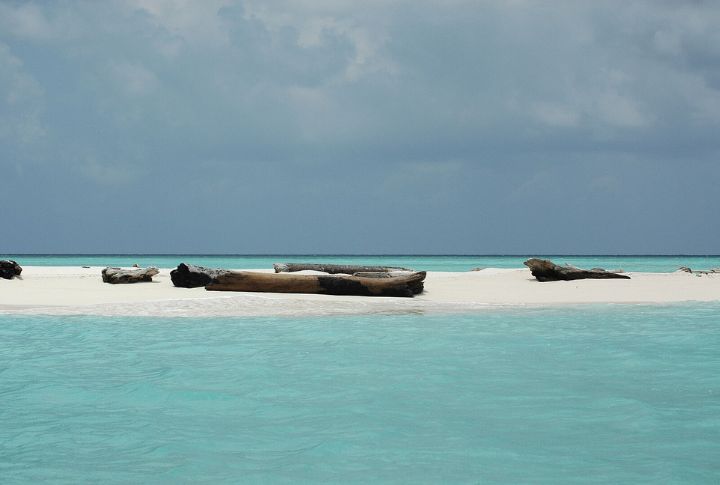
Tubbataha Reefs Natural Park, situated in the Sulu Sea, is another UNESCO World Heritage Site admired for its high density of marine species. Set up as a marine park in 1988, it covers over 97,000 hectares and serves as a model for coral reef conservation in Southeast Asia.
Great Barrier Reef Marine Park

Few ecosystems are as famous—or as threatened—as Australia’s Great Barrier Reef, stretching over 344,000 square kilometers. But climate change-induced coral bleaching events have devastated huge sections of the reef. The park’s current focus is to boost coral resilience through active restoration projects and stricter fishing regulations.
Raja Ampat Marine Protected Area Network
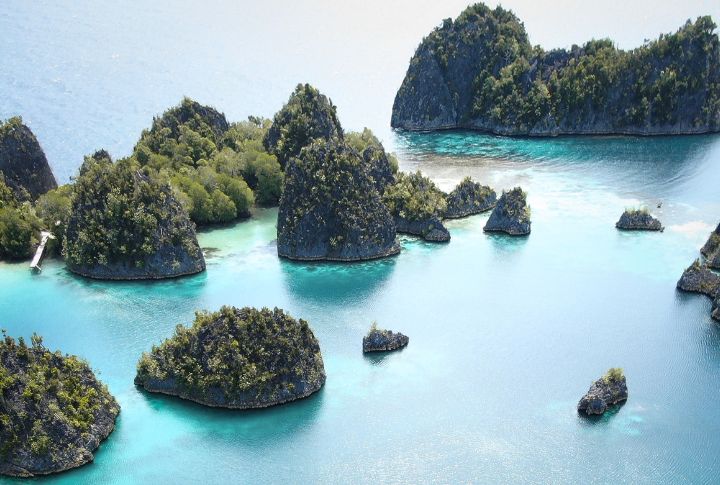
Raja Ampat isn’t just another coral hotspot—it’s the coral hotspot. This Indonesian archipelago harbors more marine species than anywhere else on the planet. The region’s 46,000 square kilometers of protected waters provide a safe haven for 75% of the world’s known coral species. This makes it a living, breathing archive of ocean life.
Chagos Marine Protected Area

Declared in 2010, the Chagos Marine Protected Area in the British Indian Ocean Territory spans over 640,000 square kilometers. It protects some of the world’s most unspoiled coral reefs, serving as a refuge for diverse marine life and a reference site for scientific research.
Apo Island Protected Landscape And Seascape
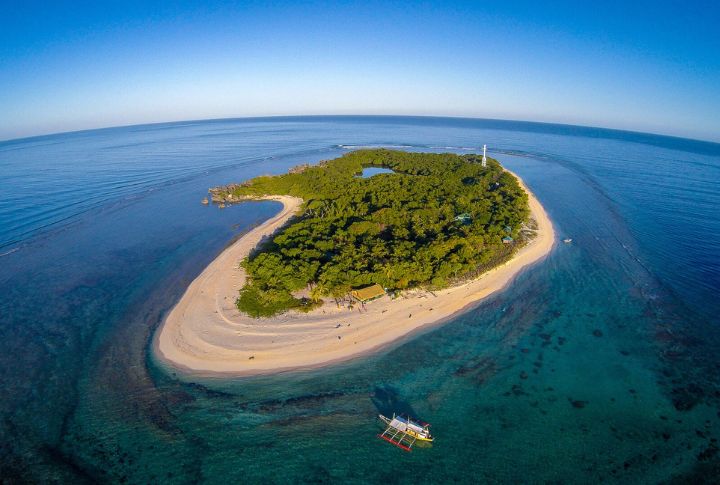
Apo Island’s success story is an example of what happens when communities take the lead in conservation. Once overfished, its reefs have made a remarkable recovery, thanks to local fishermen embracing no-take zones. Today, it’s one of the best examples of grassroots marine protection, with thriving fish populations and reefs.
Bonaire National Marine Park
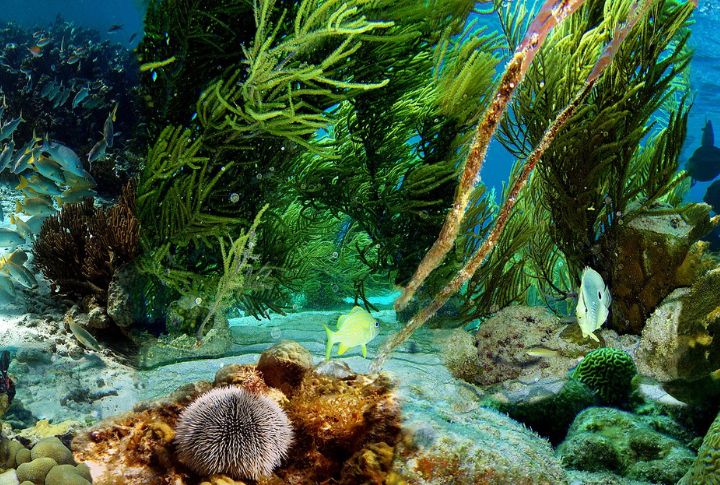
Established in 1979, Bonaire National Marine Park in the Caribbean Netherlands encompasses the island’s entire coastline. Among the world’s oldest marine reserves, strict protection measures have maintained healthy coral reefs. Now, it’s a premier diving destination and a model for marine conservation in the Caribbean.
Aldabra Atoll

Aldabra Atoll, part of the Seychelles, is as wild as it gets. Home to 100,000 giant tortoises, this UNESCO-listed sanctuary also brags thriving coral reefs largely undisturbed by human activity. Its remoteness has been its greatest protector, keeping it as close to a prehistoric marine ecosystem as one can find today.
Galapagos Marine Reserve
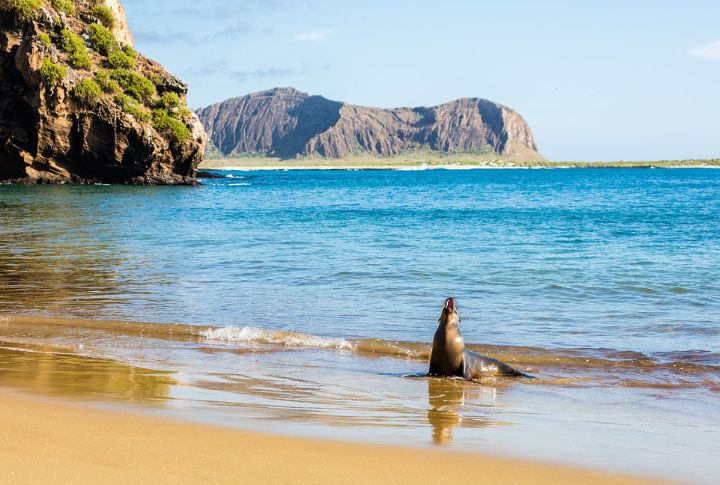
The Galapagos Marine Reserve, put in place as a reserve in 1998, covers approximately 133,000 square kilometers around the Galapagos Islands. Its diverse marine ecosystems, including coral reefs, are vital for scientific research and conservation. They reflect the unique evolutionary processes of the region.
Florida Keys National Marine Sanctuary
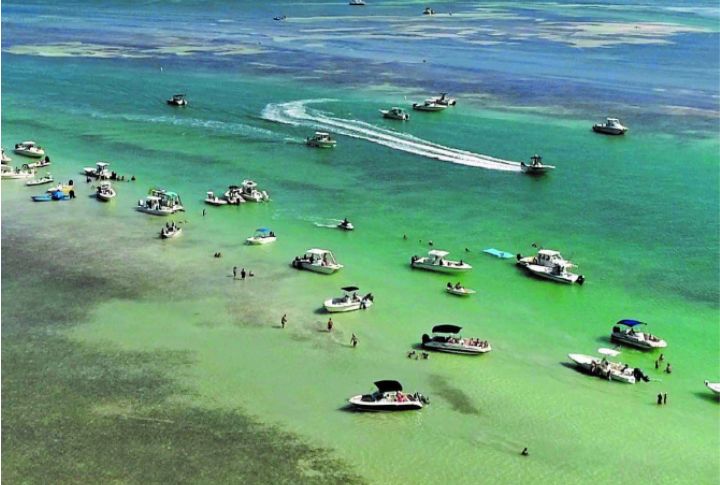
The Florida Keys are home to the only breathing coral barrier reef in the continental U.S., but it’s in trouble. Pollution, hurricanes, and coral disease have taken a toll. Thankfully, restoration projects, including coral nurseries and reef planting, are working to reverse the damage.
Palau National Marine Sanctuary
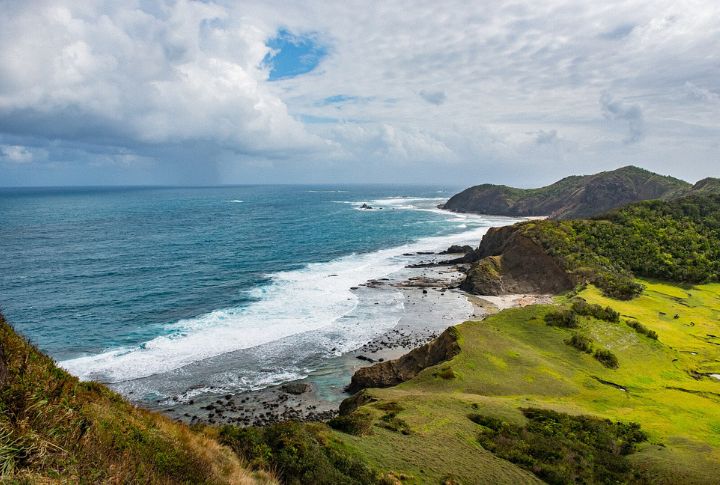
Tiny Palau made one of the boldest conservation moves ever by turning 80% of its waters into a no-fishing zone. Covering 500,000 square kilometers, it’s one of the largest fully safeguarded marine areas on Earth. This bold strategy is already paying off by attracting ecotourism while safeguarding coral reefs and fish stocks.
Fagatele Bay National Marine Sanctuary

Within American Samoa’s protected waters, Fagatele Bay rests inside a submerged volcanic crater, forming a natural sanctuary for marine life. Since 1986, it has nurtured some of the oldest and largest corals in the Pacific. For this reason, it is a vital stronghold for coral recovery and preservation.
Chumbe Island Coral Park
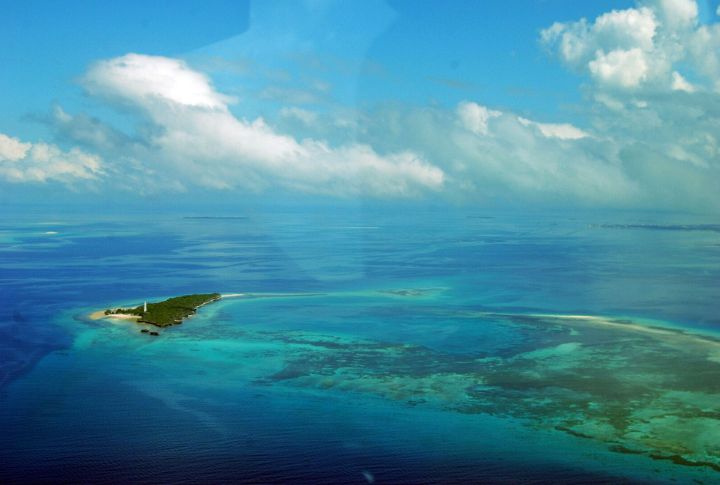
Chumbe Island Coral Park, off Tanzania’s coast, is a privately managed marine reserve put up in 1994. As Zanzibar’s first marine protected area, it preserves pristine coral reefs and serves as a hub for environmental education and ecotourism. It demonstrates the impact of private initiatives in marine conservation.
Cabo Pulmo National Park
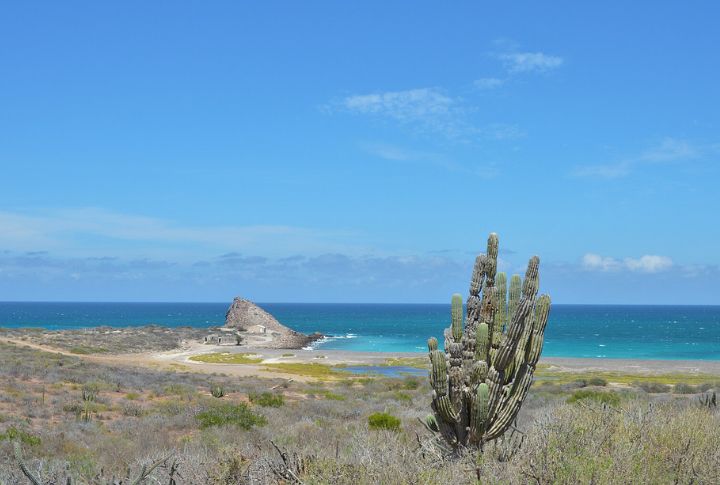
On Mexico’s Baja California Peninsula, Cabo Pulmo National Park safeguards a 20,000-year-old coral reef—among North America’s oldest. Pulmo National Park was declared in 1995 and has since then seen fish biomass increase beyond 460% in the last decade. This is great news because it’s home to the only living coral reef along the continent’s western coast.
Arrecifes De Cozumel National Park
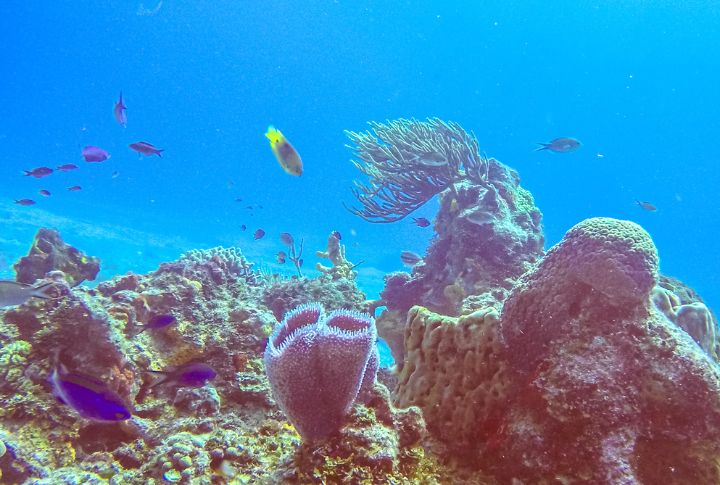
Stretching across 29,000 acres, Arrecifes de Cozumel National Park protects part of the Mesoamerican Barrier Reef System. Arrecifes has sheltered hundreds of marine species, including sea turtles, nurse sharks, and vibrant coral formations since 1996. Its crystal-clear waters make it among the most popular diving sites in the Caribbean.
Pulley Ridge Habitat Area Of Particular Concern

Pulley Ridge stands apart from other reefs on this list—it lies 200 feet below the surface. As the deepest known photosynthetic coral reef in the U.S., it supports rare species found nowhere else. However, its delicate ecosystem faces threats from bottom trawling and climate change, which makes conservation efforts an urgent priority.
Komodo National Park
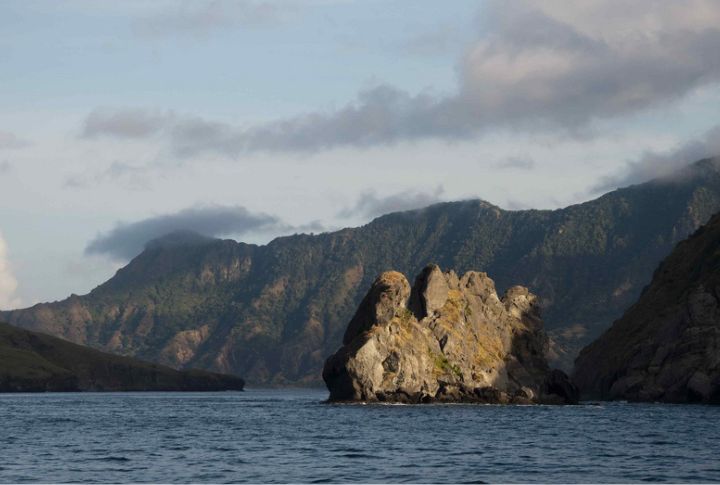
While Komodo dragons are the park’s claim to fame, its coral reefs are equally impressive. Sitting in the heart of the Coral Triangle, this UNESCO site teems with over 1,000 fish species and some of the healthiest reefs left in Indonesia. Conservationists are racing to balance ecotourism with reef protection before it’s too late.
Banco Chinchorro Biosphere Reserve
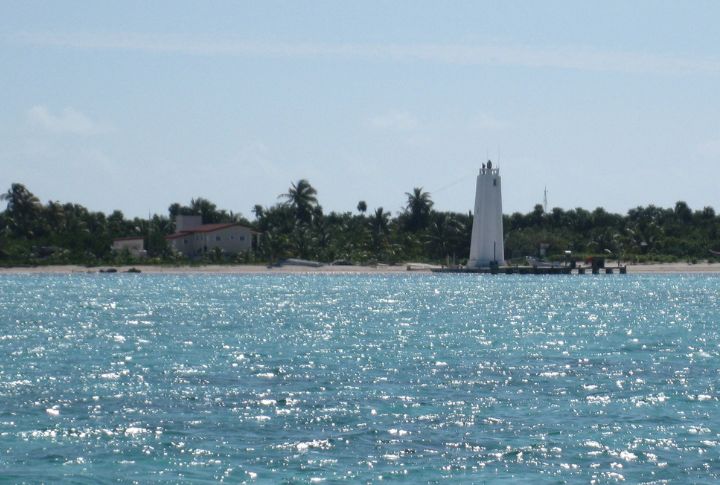
Off the Yucatan Peninsula, Banco Chinchorro is a time capsule of marine life and maritime history. It also hosts a few endangered species like the manatees and the American crocodiles. Banco also happens to be the largest atoll in the northern hemisphere, and it shelters thriving reefs and a graveyard of centuries-old shipwrecks.
The Maldives’ Baa Atoll Biosphere Reserve

Baa Atoll, a UNESCO Biosphere Reserve, is one of the Maldives’ most pristine coral reef systems. Its reefs provide a haven for whale sharks, manta rays, and over 250 coral species. While ecotourism funds conservation efforts, rising sea levels and coral bleaching pose a constant threat to its survival.
